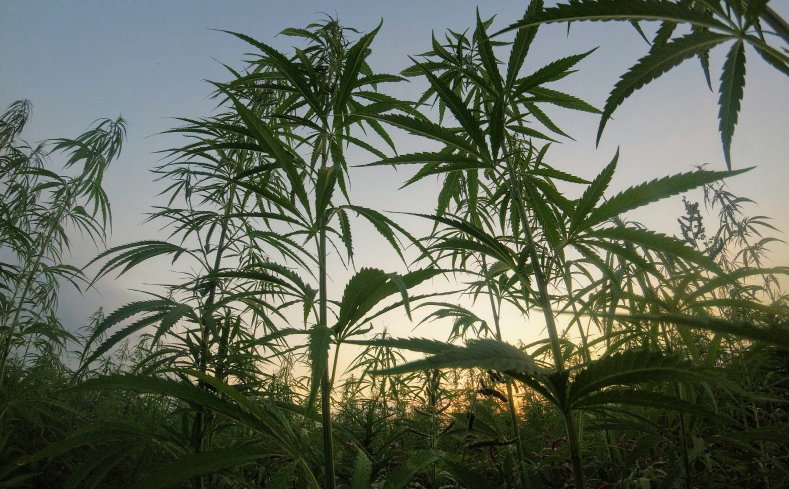Introduction
Cannabis has long been surrounded by debates and misconceptions, particularly with the growing popularity of CBD products across the U.S. and states like California. Many people still confuse hemp with marijuana, assuming they are the same plant. In reality, although they come from the same family, there are clear distinctions between the two—especially in terms of their legal status, chemical composition, and their connection to CBD.
This article explains the differences between hemp and marijuana, their roles in CBD production, and what these differences mean for consumers who want the benefits of cannabis without the psychoactive effects.
1. The Cannabis Family: Hemp vs. Marijuana
Both hemp and marijuana belong to the cannabis plant family. The main difference between them is their THC content—the compound that causes the “high” feeling.
-
Hemp: By law, hemp contains less than 0.3% THC. Because of this low level, it cannot produce intoxicating effects and is widely used in products like textiles, food, cosmetics, and CBD oils. Hemp is grown primarily for its rich CBD content.
-
Marijuana: Marijuana plants usually contain 5% to 30% THC. This higher concentration leads to recreational and medicinal use due to the psychoactive effects. Depending on the strain, marijuana can cause euphoria, relaxation, or even increased focus.
Although both plants can produce CBD, hemp-derived CBD is what most commercial CBD products are made from, as it meets legal standards and does not cause a high.
2. Legal Differences
Laws in the U.S. make a clear distinction between hemp and marijuana:
-
Hemp: The 2018 Farm Bill legalized hemp cultivation as long as THC levels remain below 0.3%. This has allowed CBD products from hemp to be sold legally across most states, including California.
-
Marijuana: Marijuana is still federally illegal, though some states have legalized it for medical or recreational use. Because marijuana has high THC levels, it faces far stricter regulation.
For consumers, this means that hemp-derived CBD is widely available and legal, while marijuana-derived products are only accessible where state laws permit.
3. CBD Content in Hemp vs. Marijuana
Hemp plants are bred for high CBD and very low THC, making them the preferred source for CBD products. Marijuana plants, on the other hand, are bred mainly for THC, with only certain strains offering high CBD levels. For anyone who wants the benefits of CBD without feeling “high,” hemp is the safer option.
4. The Entourage Effect
The “entourage effect” refers to the way cannabinoids, terpenes, and other plant compounds work together to enhance benefits:
-
Full-Spectrum CBD from Hemp: Includes a range of cannabinoids and terpenes but with less than 0.3% THC, making it legal and non-intoxicating.
-
Full-Spectrum CBD from Marijuana: Also contains multiple cannabinoids and terpenes but with higher THC content, available only in states where marijuana is legal.
5. Benefits of CBD Without the High
Hemp-derived CBD provides many health benefits without psychoactive effects, including:
-
Pain and inflammation relief
-
Reduced anxiety and stress
-
Better sleep quality
-
Anti-inflammatory support for joints and skin
These effects make hemp-based CBD popular in wellness routines.
Conclusion
Although hemp and marijuana belong to the same species, they are very different in THC content, legality, and how they are used. Hemp, with its low THC and high CBD, is the main source of legal CBD products that offer health benefits without intoxication.
For anyone looking to safely add CBD to their lifestyle in California or anywhere in the U.S., hemp-derived CBD products are the clear and legal choice.



